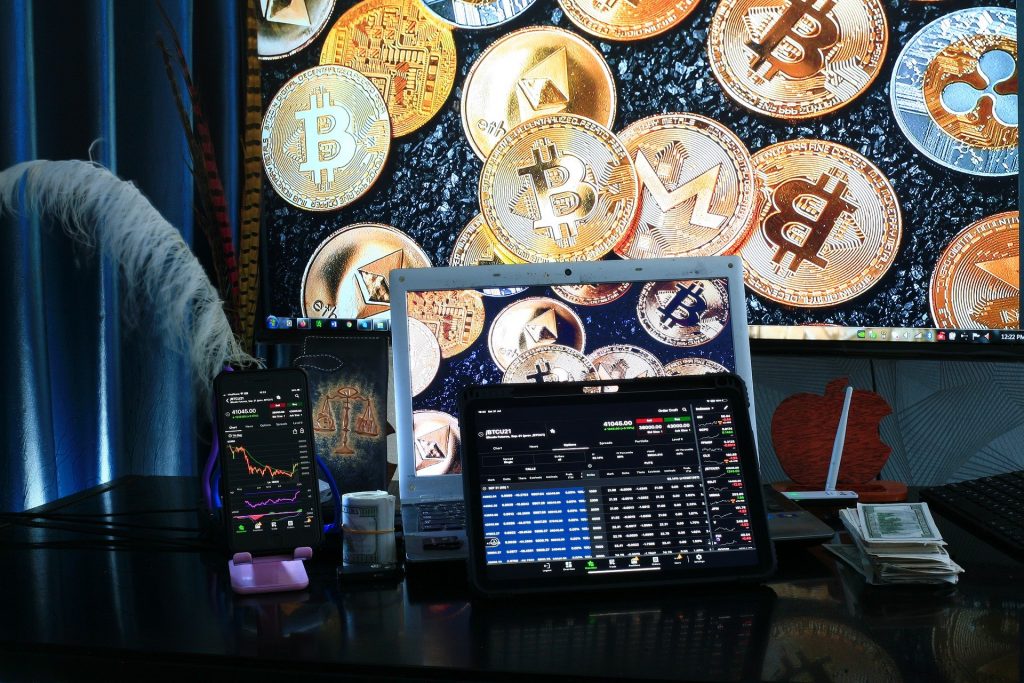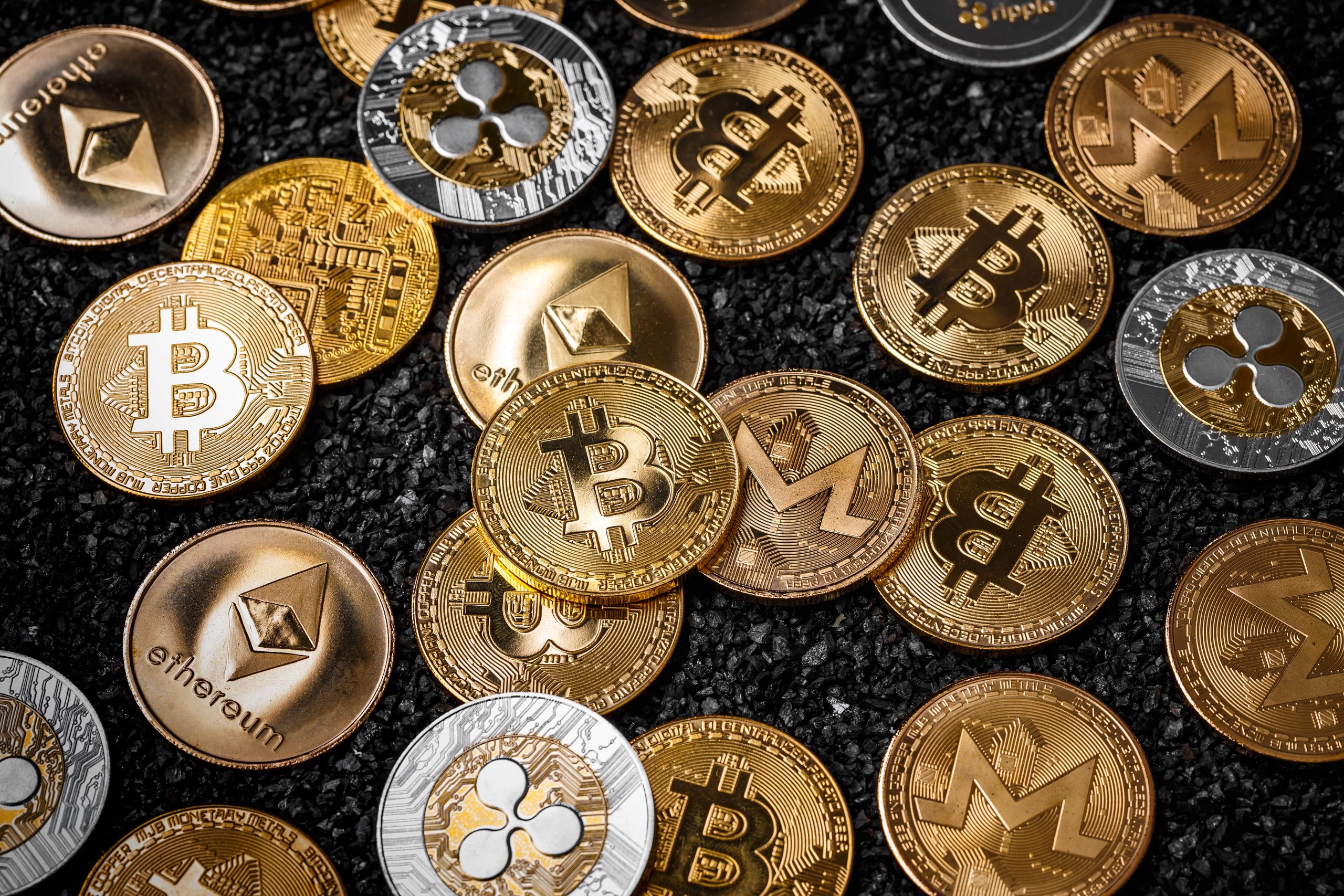In the United States, the infrastructure market is at a fork in the road. President Biden’s plan to invest $1 trillion in critical infrastructure asset classes has bipartisan support. This paves the door for large-scale spending all across the country, with transportation, resources and energy, water, and digital connectivity at the forefront of ambitious goals.
While the COVID-19 outbreak continues to impact the way we invest, President Biden’s proposals reflect a dual imperative: repairing and modernizing US infrastructure while simultaneously delivering further stimulus to the US economy. The combined effect might provide a significant boost to the US infrastructure market.
In light of this, White & Case performed a study of important US infrastructure market participants, including government agencies contracting new projects and the investors, financiers, and developers who will fund, deliver, and manage them. And the survey’s findings reflect the current market attitudes, uncover opportunities that participants value, and indicate issues.
The mood is upbeat, according to our findings, which includes four main points: boosted by significant support from the Biden administering and rising demands for infrastructure investment both in the United States and internationally.
Digital Assets Investment Landscape
The bitcoin business has gone from a fringe curiosity to mainstream acceptability in only a few short years. It’s no surprise that individual and institutional investors are getting involved. However, purchasing Bitcoin, Ethereum, and other cryptocurrencies isn’t the only method to participate in this rapidly growing industry.
The infrastructure that underpins cryptocurrency, on the other hand, is arguably a better investment prospect. From crypto-mining businesses to exchanges, infrastructure can include a wide range of services. It also supports a variety of apps that are transforming the way businesses and individuals interact.

Cryptocurrencies Are Exploding In Popularity
The Internet of Things (IoT) Is Growing
As more people and organizations embrace and utilize cryptocurrencies, the infrastructure that underpins the market is becoming more visible.
So, what exactly does digital infrastructure entail? Mining is a viable business right now, and it necessitates server warehouses. It also necessitates a significant amount of energy. While a lot of mining is conducted in nations like China, where energy is less expensive, the bitcoin hashing in the United States is growing rapidly – where it more than doubled in April 2021 compared to April 2020. In an era when investors are becoming more concerned with ESG (environmental, social, and governance) issues, digital mining based on sustainable energy is crucial.
Payment gateways that allow people to make Bitcoin transactions are another area of interest. According to Litecoin creator Charlie Lee, as bitcoin becomes more integrated into the payments industry, it is projected to grow even more. “The entire network will become more useful” as we progress toward “greater adoption, more use cases, more companies, and more apps,” he said.
The applications for blockchain infrastructure is growing
Following the massive crypto meltdown of 2017, there was anxiety that cryptocurrencies were just a passing craze. They aren’t going away, though. Bitcoin has retreated from the highs seen in the first months of 2021 as of this writing, but it is still worth many times more than it was in 2017. But the practical uses of blockchain technology go far beyond cryptocurrencies, and the technology is expected to have a significant impact on a wide range of businesses over time.
The real-world applications of the Blockchain Infrastructure continue to be promising in 2022. For example, aggregators, such as Uber, Airbnb, and Expedia, connect service suppliers with clients who require that service. SimplyVital Health, a blockchain company, has already developed two blockchain applications to help with healthcare administration. Aeternity’s blockchain platform allows users to construct smart contracts that become active when certain circumstances are satisfied.
The way that digital asset infrastructure is going to change the way you invest in 2022 means you need to be educated and prepared to make the right choices. Working with a Digital Asset Management company such as Mawson can be a first step you can take to gain more insights and to arm yourself for investing in 2022.
